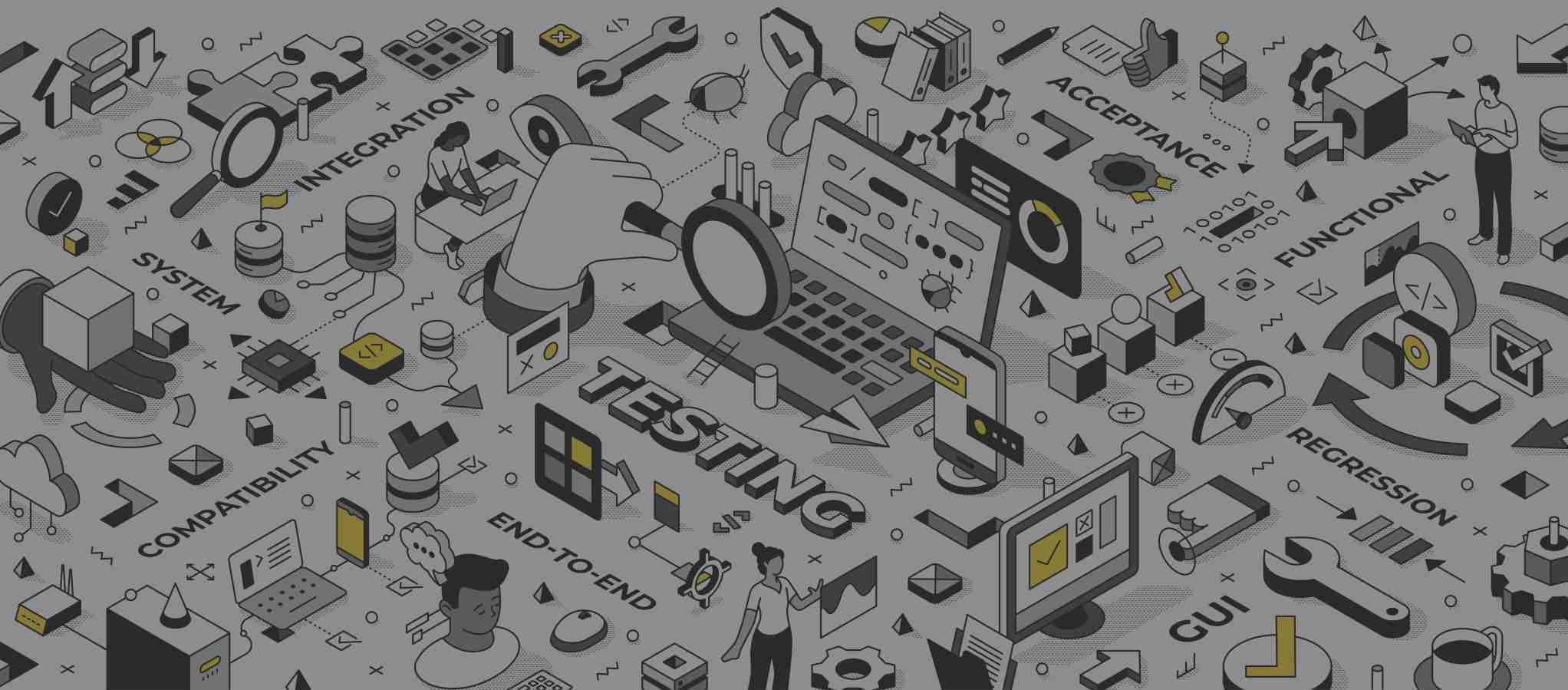Create a revenue machine that helps you thrive in an era of economic uncertainty
Whatever your industry, wherever you are - the pressure is on. Do more with less, sell more, close bigger deals faster. This feels like an uphill battle when, according to the 2023 GTM Survey by Theory Ventures, start-ups are seeing a 24% longer sales cycle, with Gartner confirming a seller’s window of opportunity is shorter than ever.
With over 20 years in SaaS, Fintech and Financial Services, Founder at award-winning agency Digital BIAS, Paul Sullivan, believes that now is the time to build predictability in your sales engine.
“We see many businesses coming to us struggling to generate pipeline and, even more importantly, getting that to convert. Many of them are throwing more of their limited budgets at salespeople or sales tech, with little movement of the dial or predictable returns; the first key trend we see is that so many are missing the foundational elements of good sales enablement.”
Sales enablement encompasses the vital knowledge, content and tools your sales team needs to support your buyer at the right time in their journey. This includes assessments, eBooks, events, competitor analysis, battle cards, scripts, helping build a buyer business case, mapping out tactics to funnel stages, etc.
So many companies, particularly start-ups, are so focused on getting to market and racking up revenue that they overlook these key pieces of collateral. Or worse, are using disparate pieces, created on the fly, that do not provide a unified message and therefore hinder the trust one needs to build with a buyer. And if there’s one thing that hasn’t changed in this era of economic turmoil, it’s the importance of trust between buyer and seller.
This leads to the second trend Sullivan outlines: team misalignment, first between sales and marketing teams and between sales and customer success. “We believe this is the biggest roadblock to a business’s success,” he states. “Without marketing collaborating with sales and leading the creation of effective sales enablement material and without sales working closely with customer success to truly understand customer needs and challenges (which then feeds back to marketing), scaling becomes a whole lot more difficult.”
Breaking down silos to foster this magic loop is the foundation of a predictable sales engine. Sullivan says that transparency, collaboration, shared revenue goals and the belief that each function is imperative to revenue growth - this is the future. Otherwise, you have three views of the customer, often on different systems (this is a big no, he emphasizes), which never fully align, which increases the likelihood of poor customer experience and churn.
Your customers are four times more likely to switch to a competitor after experiencing poor customer service - and with churn rates at their highest levels, it’s a concern you must address. “Your entire revenue team must be aligned around customer experience,” Sullivan underlines.
Finally, not having the right tech or not enabling a highly optimized technology environment is the third trend Sullivan sees repeatedly. Between having multiple CRMs or none at all, both scenarios leave companies with no single source of truth and at the mercy of human error and misrepresentation; this leads them to reduced insight, which impacts speed, productivity, execution and all-important customer experience. The combination can put companies at a serious competitive disadvantage.
“We build customized, MEDDICC-based playbooks on HubSpot so sales leaders have full visibility into pipeline performance, can reduce admin and increase sales activity and use AI-led actionable intelligence and decision-making to improve deal closure rates and velocity. It even allows them to spot weaknesses in sales reps’ skill sets so they can focus on upskilling and coaching - and stop overreliance on superstar salespeople. It’s all about streamlining and optimising the sales process. We’ve seen our clients land five deals within the first month with this approach.”
All of this leads to tighter, more predictable revenue reporting and sales generation.
Where to start? The alignment piece is key, Sullivan stresses. Without it, every other part of the strategy will fall short. This is often the most complex piece of the puzzle; change in culture can be difficult for those entrenched in the way of working. But by knocking down the barriers, teams understand each other’s value better - and leaders can start demonstrating clearer ROI. At its core, good sales enablement isn’t focused on selling; it's fixated on facilitating a holistic customer lifecycle, and to achieve this, your revenue team must work collaboratively.


.jpg)

